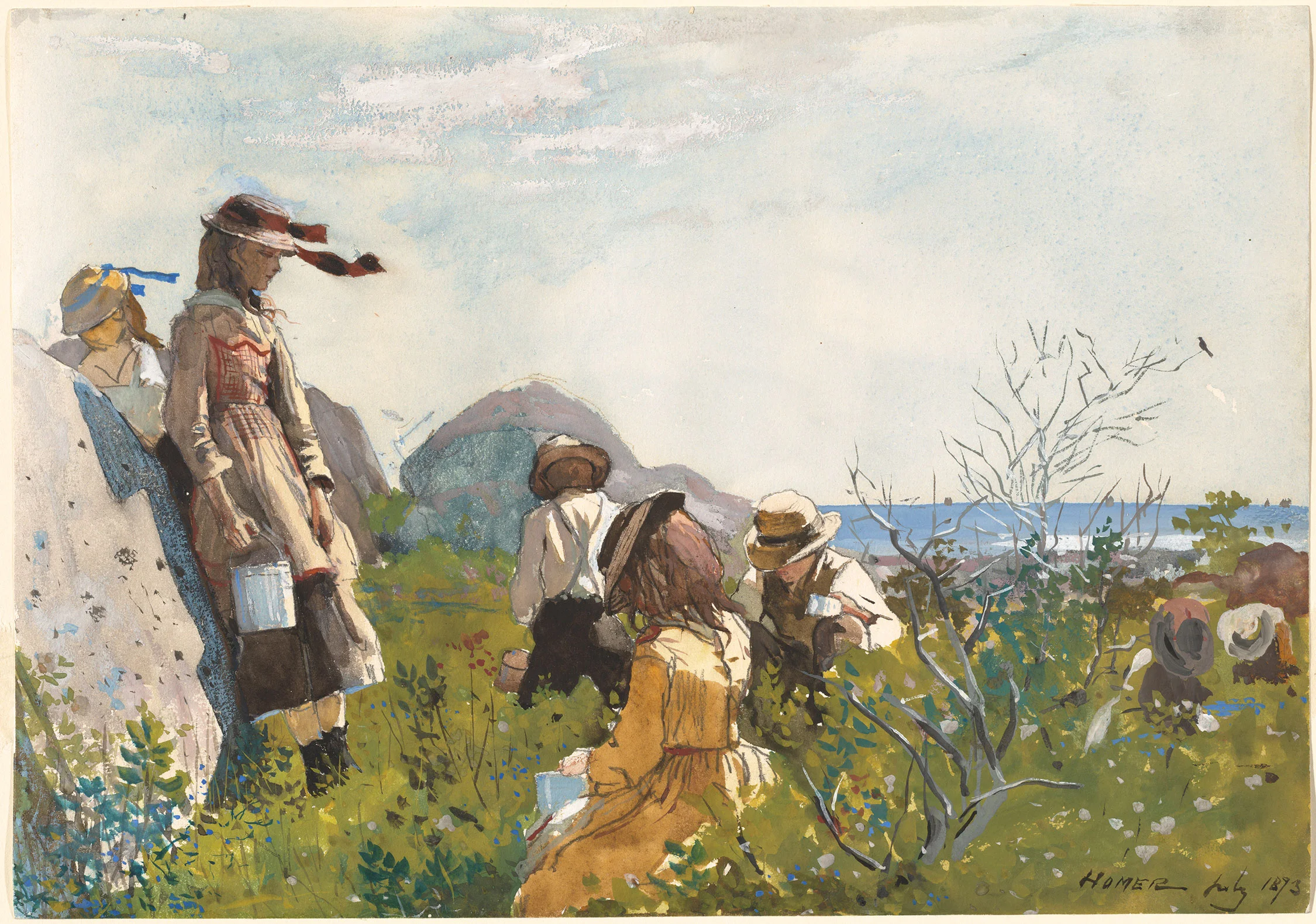Paul Mellon's Most Treasured Works on Paper
Through September 18, 2016
Paul Mellon was one of America's greatest art collectors and remains one of the National Gallery of Art's leading benefactors. Timed to coincide with the Gallery's 75th anniversary, In Celebration of Paul Mellon features 88 of the finest pastels, watercolors, drawings, prints, and illustrated books selected from his donations.
Mary Cassatt, The Black Hat, c. 1890, pastel National Gallery of Art, Washington, Collection of Mr. and Mrs. Paul Mellon
On view in the West Building from May 8 through September 18, 2016, this celebratory exhibition accentuates both Paul Mellon's generosity and his distinctive approach to collecting.
Paul Mellon played many crucial roles at the National Gallery of Art in carrying out the founding vision of his father, Andrew, who had laid plans for the museum before his death in 1937. The younger Mellon was a major donor of funds and works of art, a valiant advocate for the Gallery's architecture (both the East and West Buildings), and a supporter of its programs for scholars and for all who appreciate fine art.
"Paul Mellon was one of the Gallery’s closest and most generous friends, who shaped so much of what the museum has become," said Earl A. Powell III, director, National Gallery of Art, Washington. "We are delighted to celebrate the refined taste of Paul Mellon on the occasion of the Gallery's 75th anniversary."
Exhibition Highlights
Winslow Homer On the Stile, 1878 watercolor, gouache, and graphite on wove paper sheet: 22 × 28.4 cm (8 11/16 × 11 3/16 in.)
Paul Mellon (1907–1999), with his late wife Rachel Lambert ("Bunny"), was among the most generous donors to the National Gallery of Art. Paintings and sculptures from their collection are always on view throughout the Gallery's permanent installations. The great majority of Mellon's gifts, however, were works on paper, which, because of their sensitivity to light, cannot be constantly displayed.
Winslow Homer Boys Wading, 1873 watercolor and gouache over graphite on wove paper sheet: 24.77 × 34.93 cm (9 3/4 × 13 3/4 in.)
Mellon had a close personal relationship with his collection, whether they were American scenes by Winslow Homer or Maurice Prendergast; sensitive portrait drawings by Jean-Auguste-Dominique Ingres or Edgar Degas; sporting lithographs by Théodore Géricault or George Bellows; abstracting pen landscapes by Vincent van Gogh; visions of Parisian entertainments by Henri de Toulouse-Lautrec or Jacques Villon; cubist compositions by Pablo Picasso, Paul Klee, or Georges Braque; or delightful watercolors of a cucumber by Édouard Manet or butterflies by Odilon Redon.
Mellon had an intimate approach to living with the art he chose, admiring and arranging his treasures from day-to-day. He delighted in large works hung on the wall and smaller ones he held in his hands, and books he admired on his desk or lap.
Winslow Homer Berry Pickers, 1873 watercolor and gouache over graphite on wove paper sheet: 24.45 × 34.93 cm (9 5/8 × 13 3/4 in.)
Attempting to honor this personal approach, the exhibition is not ordered by formal museum chronology or separated by geographical schools. The exhibition juxtaposes artists from different nationalities and time periods in the hope that visitors will enjoy both the extraordinary quality of the art and experience the repeated visual delight that Paul Mellon felt.
Samuel Palmer Harvesters by Firelight, 1830 pen and black ink with watercolor and gouache on wove paper overall: 28.7 x 36.7 cm (11 5/16 x 14 7/16 in.)
Cover photo:
Winslow Homer The Sick Chicken, 1874 watercolor, gouache, and graphite on wove paper overall: 24.7 x 19.7 cm (9 3/4 x 7 3/4 in


